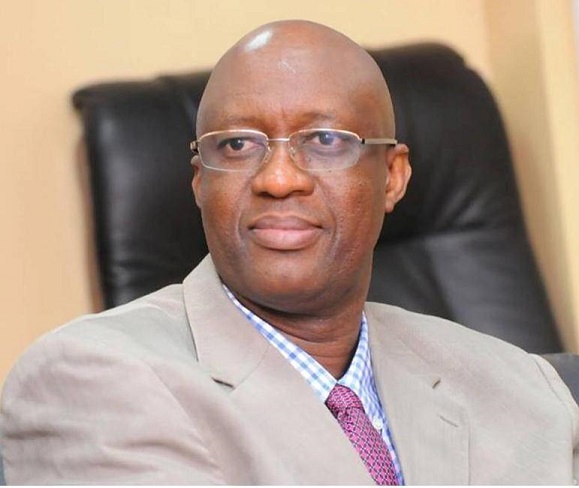
The technical meeting was hosted by GRA in collaboration with the Accelerated Trade Facilitation Programme funded by the United Kingdom’s His Majesty’s Revenue and Customs (HMRC).
The purpose of this training was to finalise the draft of the Inter-agency Coordinated Border Management framework on data standardisation and its alignment with the WCOMODEL. The training is being currently held at Senegambia Beach Hotel with experts and facilitators from WCO.
In his official opening, CG Darboe said the government of The Gambia has recognised coordinated border management as a key trade facilitation priority aiming to enhance border efficiency by streamlining trade process and strengthen inter agency coordination.
To support this objective, the Gambia Revenue Authority has developed a draft strategy for 2025 to 2029 focusing on improving trade facilitation and border management practices.
According to GRA’s supremo, the training targeted relevant stakeholders on the draft inter agency Coordinated Border Management (CBM) framework on data standardisation and its alignment with the WCO data model.
He further stated that WCO has been working with GRA through the WCO Accelerated Trade Facilitation Programme to support Trade Facilitation Agreement’s (TFA) implementation with focus on CBM.
The Commissioner General urged for proper coordination, saying lack of coordination leads to border delays and complex procedures. “We need proper coordination among regulatory agencies but areas of improvement remain a challenge,” he said, adding that currently more than 10 government agencies including immigration, food safety and dept of agriculture among others that operate at the border depending on the ports.
“The implementation of the CBM reforms is crucial for overcoming these challenges ensuring efficient border operations, reducing trade cost and fostering economic growth for the Gambia. By streamline and aligning border procedures and process, customs and other border agencies can create a common set of rules, documentation requirements and data formats for standard regulation on CBM.”
The Commissioner General explained that standardisation of procedures facilitates seamless flow of goods at the ports entry and it enables information exchange, data sharing among the agencies and clearance of goods.
Read Other Articles In Headlines





